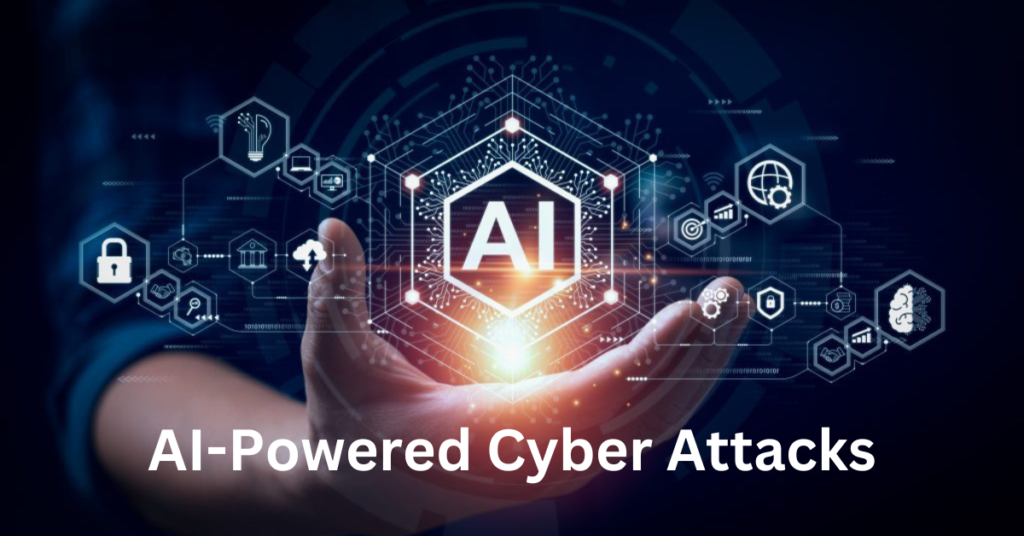AI-powered cybercrimes refer to cyberattacks and criminal activities that leverage artificial intelligence (AI) technology to carry out malicious actions. These crimes involve the use of AI algorithms, machine learning techniques, and automation to enhance various aspects of the cyberattack lifecycle, including planning, execution, and evasion of detection. Here are some examples of AI-powered cybercrimes:
- Automated Phishing Attacks
- Adversarial Machine Learning
- AI-Driven Malware
- Data Breaches and Identity Theft
- Ransomware Attacks
- Social Engineering and Manipulation
- Automated Exploitation of Vulnerabilities
These are only a few instances of the numerous deepfake images, movies, and audio files that have appeared on different websites. Large language models like Google’s Gemini, OpenAI’s ChatGPT, and Midjourney have made significant technological developments that have contributed to this rise in manipulated media material.
The world is increasingly facing threats from AI-powered cybercrimes due to several factors:
- Automation: AI enables cybercriminals to automate various aspects of their attacks, making them more efficient and scalable. Tasks such as reconnaissance, vulnerability scanning, and even crafting sophisticated phishing emails can be automated using AI algorithms.
- Sophistication: AI algorithms can analyze vast amounts of data to identify patterns and anomalies that human hackers might overlook. This enables cybercriminals to launch more sophisticated and targeted attacks, such as highly personalized phishing scams or malware tailored to exploit specific vulnerabilities.
- Adaptability: AI-powered attacks can adapt in real-time based on the target’s defenses and responses. For example, AI algorithms can dynamically adjust the tactics and techniques used in a cyberattack to bypass security measures or to evade detection by antivirus software.
- Weaponization of AI: Cybercriminals are leveraging AI not just for conducting attacks but also for developing new attack techniques and tools. This includes using AI algorithms to identify previously unknown vulnerabilities or to automate the creation of malware variants that can evade detection.
- Availability of Tools: There is an increasing availability of AI tools and platforms that can be easily accessed and utilized by cybercriminals with minimal technical expertise. These tools range from off-the-shelf AI-based hacking tools to underground marketplaces where cybercriminals can purchase AI-powered attack services.
- Scale: The interconnected nature of modern digital systems means that cybercrimes can have widespread and far-reaching impacts. AI-powered attacks can be launched at scale, targeting large numbers of individuals, organizations, or even critical infrastructure systems simultaneously.
- Limited Regulations and Oversight: The rapid development of AI technology has outpaced regulatory frameworks and oversight mechanisms, creating loopholes that cybercriminals can exploit. Additionally, the global nature of the internet makes it challenging for law enforcement agencies to effectively combat AI-powered cybercrimes, especially when attackers operate across jurisdictional boundaries.
Beyond cybersecurity, deepfake technology has ramifications that affect privacy, disinformation, and the moral use of artificial intelligence. Proactive steps and cooperative efforts will be essential in tackling the growing threat of deepfakes as governments and organizations struggle with these issues.
Addressing the threat of AI-powered cybercrimes requires a multi-faceted approach that involves collaboration between governments, law enforcement agencies, cybersecurity professionals, and technology companies. This includes implementing stronger cybersecurity measures, enhancing international cooperation on cybercrime investigations, investing in AI-based cybersecurity defenses, and promoting responsible AI development practices.
